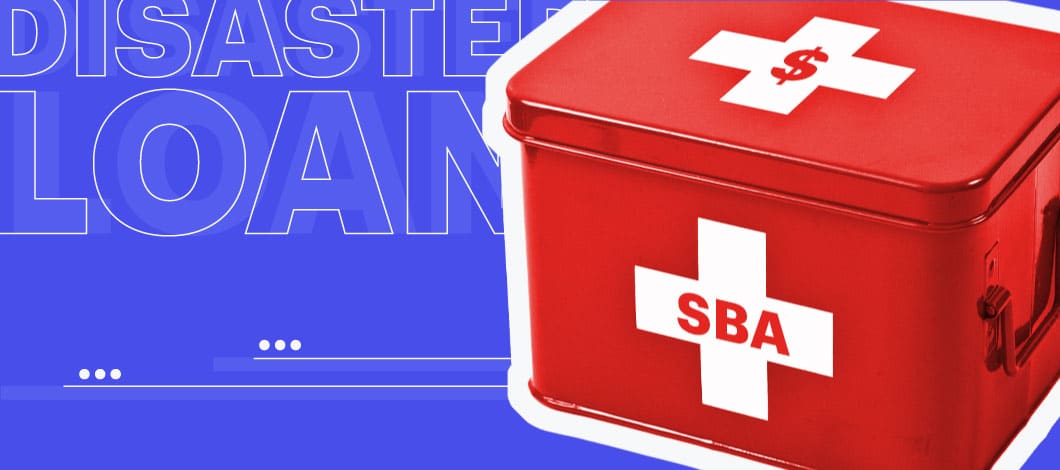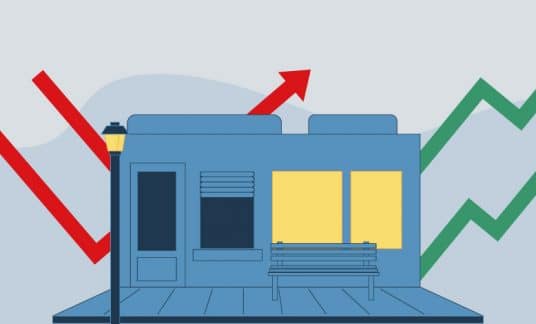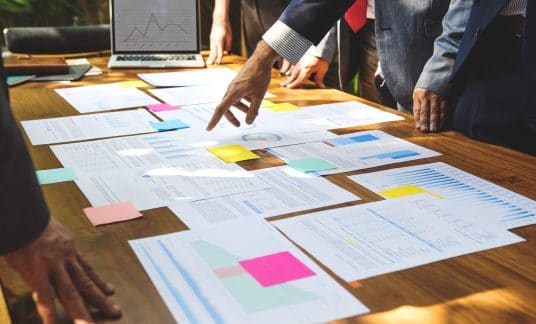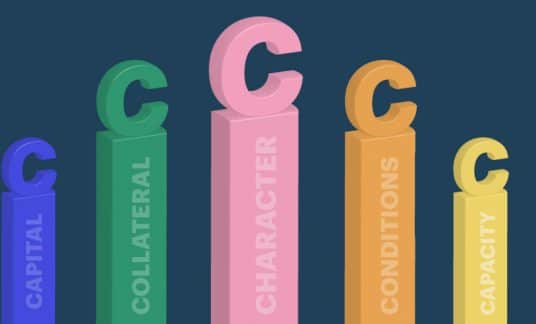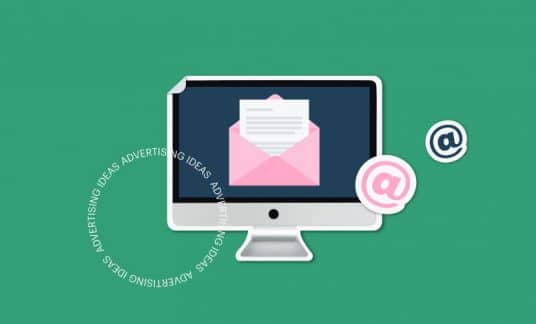Small Business Administration (SBA) disaster loans offer business owners options to recover from natural disasters, pandemics and other emergencies.
We’ll explain what you need to know to apply for an SBA disaster loan and outline the benefits that come with this kind of government-backed financing.
What Is an SBA Disaster Loan?
The SBA provides SBA disaster loans to relieve businesses enduring physical and economic damage caused by devastating events, including hurricanes, droughts, fires or pandemics, such as the novel coronavirus.
Disaster loans are the only SBA financing program in which the federal agency lends directly to borrowers instead of guaranteeing a percentage of other lenders’ loans.
SBA Disaster Loan Requirements
How hard is it to get an SBA disaster loan? The requirements are relatively straightforward. Your business or private nonprofit organization must be located in a declared disaster area to qualify. Check the SBA’s declared disasters webpage before applying. The federal government recognizes disasters such as earthquakes, wildfires, floods, hurricanes, drought, typhoons and tornadoes, among other events.
In addition to being located in a disaster area, your business must have suffered physical damage or economic harm because of the event. For example, SBA disaster loans can be used to renovate an office space damaged by a natural disaster or get a business back on its feet after being forced to close because of a global pandemic, such as the novel coronavirus.
You’ll have to show proof of the economic damage that the disaster has caused to be eligible. In cases where businesses seek funding for repairing physical damage, applicants must first file an insurance claim. The SBA disaster assistance program only will provide funding for damage that isn’t covered by insurance.
What Are the 4 Types of Disaster Loans?
There are 4 types of SBA disaster loans that provide aid to business owners and homeowners in a declared disaster area:
1. Home and Personal Property SBA Disaster Loans
Home and personal property loans are available to those who have experienced damage to their primary residence or personal property — such as clothing, furniture or a car — because of a natural disaster. Homeowners can obtain funding up to $200,000 to repair or replace their homes; renters and homeowners can borrow up to $40,000 to repair or replace personal property.
2. Business Physical SBA Disaster Loans
Business physical loans, the most common type of SBA disaster loan, are for business owners who need to replace tangible business assets their insurance won’t cover. Businesses of all sizes and most private nonprofit organizations can apply for up to $2 million in funding to repair or replace machinery, inventory, property or other assets.
3. Economic Injury SBA Disaster Loans
The Economic Injury Disaster Loan (EIDL) program is for businesses that need assistance meeting financial obligations because of a natural disaster or pandemic. Small businesses, small agricultural cooperatives and most private nonprofit organizations can apply for up to $2 million from this type of SBA disaster loan.
-
Note: SBA disaster loans have been opened to small businesses responding to the challenges faced by COVID-19 (the novel coronavirus). Qualifying applicants may receive 24 months of economic injury support with a maximum loan amount of $500,000.
According to the Federal Reserve Banks’ Small Business Credit Survey of 2021, 47% of firms sought pandemic-related emergency assistance in the form of an EIDL loan.
Reach out to your local SBA office if you need assistance recovering from an economic injury because of the pandemic and to learn more about how your business could use an SBA disaster loan.
4. Military Reservists Economic Injury SBA Disaster Loans
The Military Reservists Economic Injury Disaster Loan (MREIDL) program provides funding for businesses facing financial hardship because an active military employee is being called to duty. The loan amount is calculated based on a company’s business interruption insurance and regular operating capital.
Qualified businesses can apply for a maximum of $2 million, but that can be waived “if the business is a major source of employment,” according to the SBA.
SBA Disaster Loan Interest Rates
Because they’re meant to help business owners in times of need, SBA disaster loan interest rates are relatively forgiving compared with conventional financing rates.
For business physical disaster loans, the interest rate won’t exceed 4% if you can’t obtain credit elsewhere. For businesses that do have credit available, the interest rate won’t exceed 8%.
As for EIDL interest rates, they won’t exceed 4%, but a small business won’t receive this assistance if the SBA determines the business has credit available elsewhere. Additionally, Covid-19 EIDL loans are offered to small businesses at a 3.75% interest rate (2.75% for nonprofits).
SBA Disaster Loan Terms
SBA disaster loan terms can last up to 30 years, depending on certain factors. The repayment terms you receive are determined by your loan amount, credit score and your company’s perceived ability to repay the loan.
Because of the forgiving nature of the program, SBA disaster loan payments can be much lower than alternative options as a result of lower rates and extended terms.
-
Determining a Loan Repayment Schedule
Take a look at our post on calculating your business loan repayment schedule for more information about how to manage your SBA disaster loan payments.
The SBA Disaster Loan Application Process
The first step in applying for SBA disaster loan assistance is to submit an insurance claim. Submitting a claim is important because the SBA will only pay you for damage not covered by insurance, though filing a claim isn’t a requirement to begin the loan process. However, don’t wait to do this.
Information You’ll Need to Apply for an SBA Disaster Loan
These are some of the documents you’ll need to provide in your application:
- Tax identification number and legal business entity type
- Most recently filed tax returns for the business and possibly for the business owners
- Schedule of liabilities
- Personal financial statements
- Business insurance information
- Individual contact information
SBA Disaster Loan Application Instructions
Once you’ve gathered all your documents, it’s time to submit your application. Once the SBA receives your application, the agency will review your credit profile before conducting an on-site inspection to verify the extent of the damage in some cases.
When the investigation is complete, the SBA determines your eligibility based on other financial aid and outside insurance disbursements. The SBA aims to decide on an application within 4 weeks, though increasing demand can affect these timelines.
How are SBA Disaster Loans Disbursed?
Unlike other SBA loan programs which give you the full amount at signing, SBA disaster loans are disbursed in increments. If approved, you’ll receive an initial SBA disaster loan disbursement of $25,000 within 5 days.
A caseworker will be assigned to monitor your progress and schedule subsequent disaster loan disbursements. This is so the SBA can determine whether you need additional funding because of ongoing circumstances or a reduced amount because of increased insurance coverage.
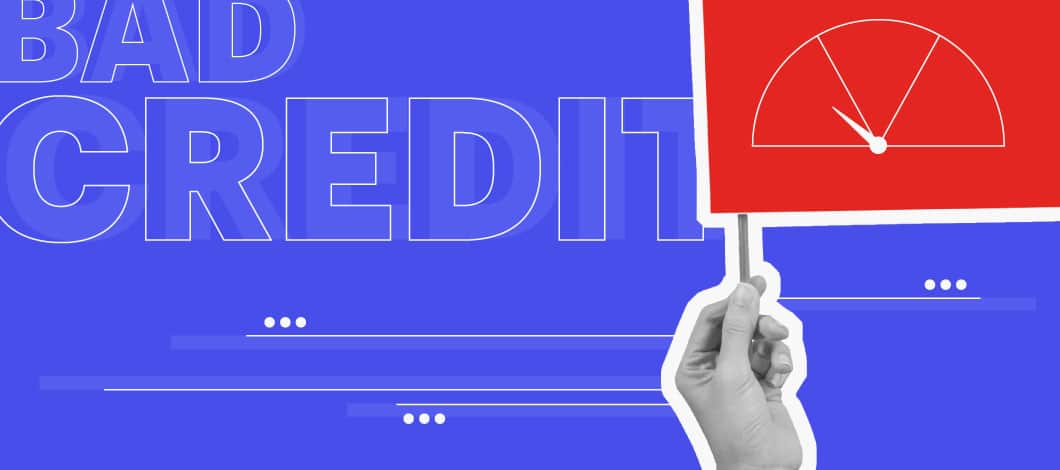
Can You Get an SBA Disaster Loan With Bad Credit?
When it comes to SBA disaster loan credit score requirements, there’s no hard and fast minimum credit score you’ll need for approval. However, the SBA usually wants to see a credit score of 620-650 or higher.
If you aren’t quite at that mark, you might still qualify for a disaster loan. The SBA looks at other factors to determine eligibility, such as whether you consistently pay your rent and utility bills.
As long as you’re mostly in good standing with credit-rating firms, a few strikes against you on your credit report shouldn’t be too much cause for concern.
Will You Need Collateral?
If you’re asking for a loan of more than $25,000, the SBA does require collateral, such as a first or second mortgage, vehicle or other assets. It also is possible the SBA will accept a personal guarantee instead of collateral.
However, if you don’t have collateral, the SBA doesn’t automatically exclude you. SBA disaster loans are designed to be accessible, so they will consider you even without traditional types of collateral. You may be asked to pledge what is available.
What If My SBA Disaster Loan Application Is Denied?
SBA disaster loan applications can be denied for a few different reasons — the most common being a shaky credit history and a demonstrated inability to repay loans.
If you’ve been denied an SBA disaster loan, you have up to 6 months to submit an appeal to the SBA’s Disaster Assistance Processing and Disbursement Center (DAPDC). If your application is denied again, you have another opportunity to appeal the decision though it may behoove you to consider an interim financing product. Alternative lending options can be considered by businesses who do not qualify for financing from conventional financial institutions, or for when you need working capital fast.
-
Complete our simple and secure application, and we’ll pair you with alternative lenders.
Applying is fast, easy — and most importantly — won’t impact your credit.



